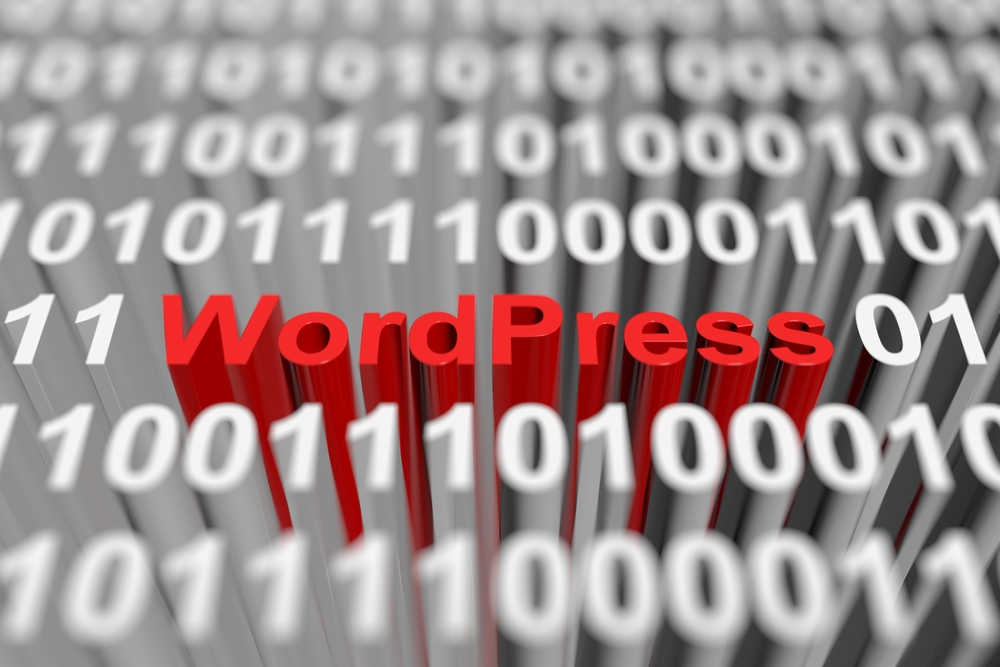
WordPress has become the go-to platform for creating websites due to its user-friendly interface and robust customization options. Whether you're a beginner just starting out or an experienced developer, there are always new tips and tricks to learn to enhance your WordPress skills. In this article, we will delve into some expert tips and tricks for customizing and maintaining your WordPress (or WP) website.
1. Choosing the Right Theme:When it comes to WordPress , the theme you choose plays a vital role in the overall appearance and functionality of your website. With thousands of themes available, it's important to carefully select one that suits your needs. Look for a theme that is regularly updated, has good customer reviews, and offers the customization options you require. Consider factors such as responsiveness, SEO optimization, and user-friendly interfaces.
2. Customizing the Appearance:
To make your WordPress website truly unique, you can go beyond the pre-designed layouts and customize the appearance according to your preferences. WordPress allows you to modify the theme's CSS directly, or use theme customization options and plugins to tweak colors, fonts, and layouts. Familiarize yourself with the WordPress (the platform for bloggers) Customizer, which provides a live preview of your changes. Don't shy away from exploring different options to create a website that stands out.
3. Optimizing WordPress (the blogging platform) Performance:
Slow loading websites can be frustrating for users and negatively impact your search engine rankings. To ensure optimal performance, there are a few key steps you can take. Start by installing a caching plugin like WP Super Cache or W3 Total Cache to store static versions of your pages, reducing server load. Compress images using plugins like Smush or Imagify to minimize file sizes without compromising quality. Lastly, remove unnecessary plugins and regularly update WordPress (WP) and themes to benefit from bug fixes and performance enhancements.
4. Utilizing WordPress Plugins:
Plugins are an essential part of WordPress functionality, allowing you to add new features and extend the capabilities of your website. With over 56,000 plugins available in the WordPress plugin repository, there's a plugin for almost everything you can imagine. Whether you need SEO optimization, social media integration, or e-commerce functionality, the WordPress plugin repository is the place to find what you're looking for. However, be cautious about plugin overload, as too many plugins can slow down your website or cause conflicts.
5. Implementing Security Measures:
Security should be a top priority when maintaining any website, and WordPress is no exception. Regularly updating WordPress, themes, and plugins will help protect your website from known vulnerabilities. Additionally, make sure to choose strong, unique passwords and use two-factor authentication when available. Install a security plugin like Wordfence or Sucuri to monitor your website for any malicious activities and strengthen your defenses against potential attacks.
6. Backing Up Your Website:
Backing up your WordPress website is crucial to protect your data and ensure you can recover quickly in case of any issues. There are various backup plugins available, such as UpdraftPlus and BackupBuddy. These plugins allow you to schedule automatic backups, store them on remote servers or cloud services, and easily restore your website if needed. Don't take the risk of losing all your hard work – regularly backup your website to avoid any potential disasters.
Frequently Asked Questions:
Q1. How do I install WordPress?A1. Installing WordPress is a straightforward process. Most hosting providers offer a one-click WordPress installation option. Simply log in to your hosting account, navigate to the control panel, and look for the WordPress installer. Follow the prompts, enter your desired website information, and click install. Within minutes, you'll have a functioning WordPress website ready for customization.
Q2. Can I change my WordPress theme after creating my website?
A2. Yes, you can change your WordPress theme at any time without losing your content. However, it is advisable to backup your website before switching themes, as some themes may have different templates and customization options. After installing a new theme, you may need to adjust certain settings and tweak the appearance to match your preferences.
Q3. How can I improve the SEO of my WordPress website?
A3. Improving the SEO of your WordPress website is essential for better visibility in search engine results. Install an SEO plugin like Yoast SEO or Rank Math to help optimize your content, meta tags, and XML sitemaps. Focus on creating high-quality, keyword-rich content, improving website speed, and incorporating proper internal and external linking practices. Regularly monitor your website's performance using tools like Google Analytics and Search Console.
Q4. Are there any free alternatives to premium WordPress plugins?
A4. While premium plugins often offer more advanced features and dedicated support, there are many free alternatives available for various functionalities. The WordPress plugin repository is filled with free plugins that can serve most of your needs. However, it's important to carefully check user reviews, update frequency, and compatibility with your WordPress version before installing any plugin.
Q5. How often should I update WordPress, themes, and plugins?
A5. Regular updates are crucial to ensure the security and performance of your WordPress website. WordPress releases major updates approximately every three to four months, although minor updates, bug fixes, and security patches are more frequent. Themes and plugins should also be updated regularly to benefit from new features and bug fixes. Make it a habit to check for updates at least once a week and perform them in a staging environment first to test compatibility.
In conclusion, mastering WordPress requires a combination of exploration, experimentation, and ongoing maintenance. By implementing the tips and tricks shared in this article, you'll be well on your way to customizing and maintaining a WordPress website that stands out. Remember to choose the right theme, optimize performance, utilize plugins wisely, implement security measures, and regularly backup your website. With each step, you'll gain more confidence in your WordPress expertise, allowing you to unlock the full potential of this powerful platform.
Other useful resources
- https://www.wordpress24plus.com/wordpress-tools-directory/wordpress-themes/
- https://www.wordpress24plus.com
- https://en.wikipedia.org/wiki/WordPress
- https://www.wordpress24plus.com/services/wordpress-developer/